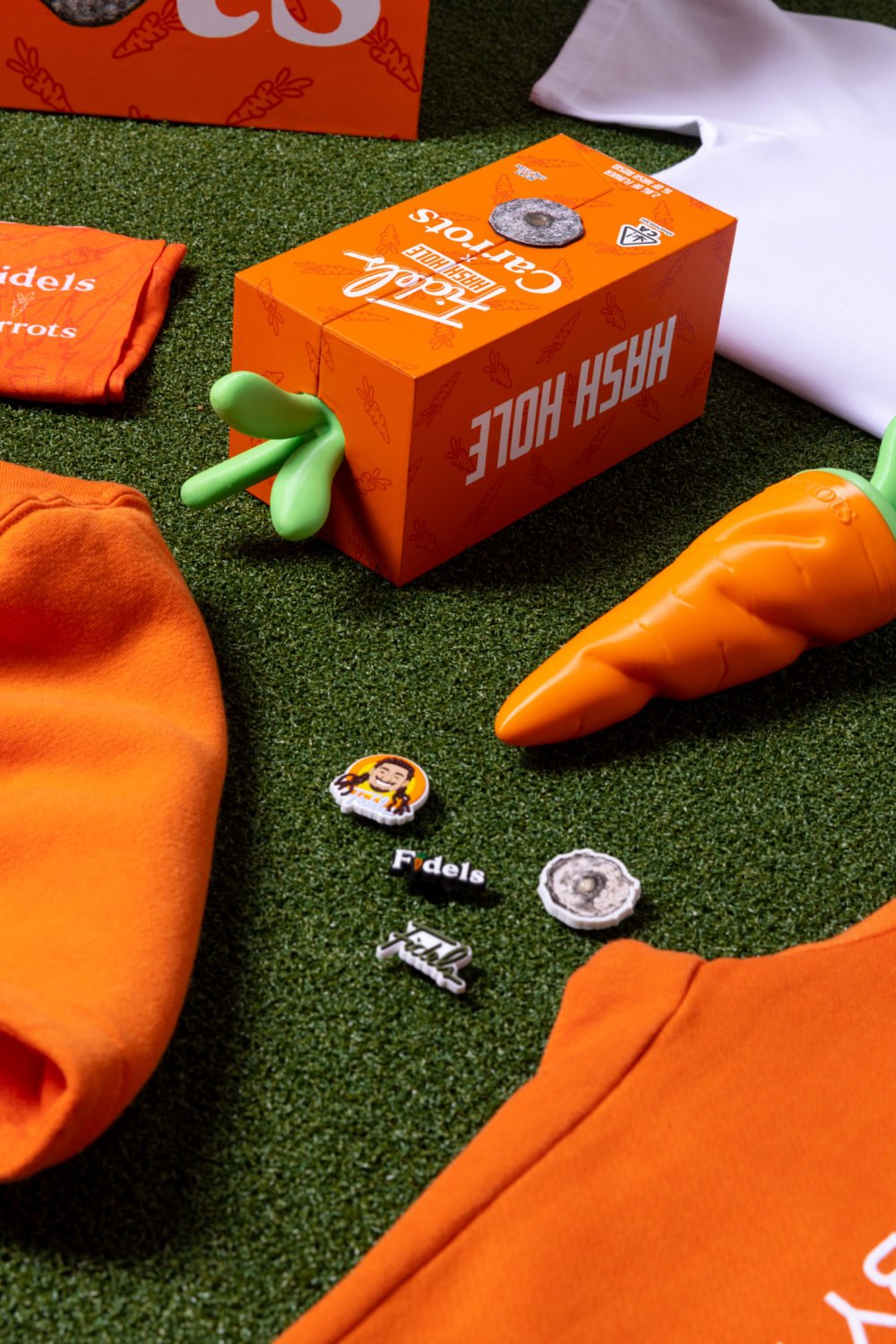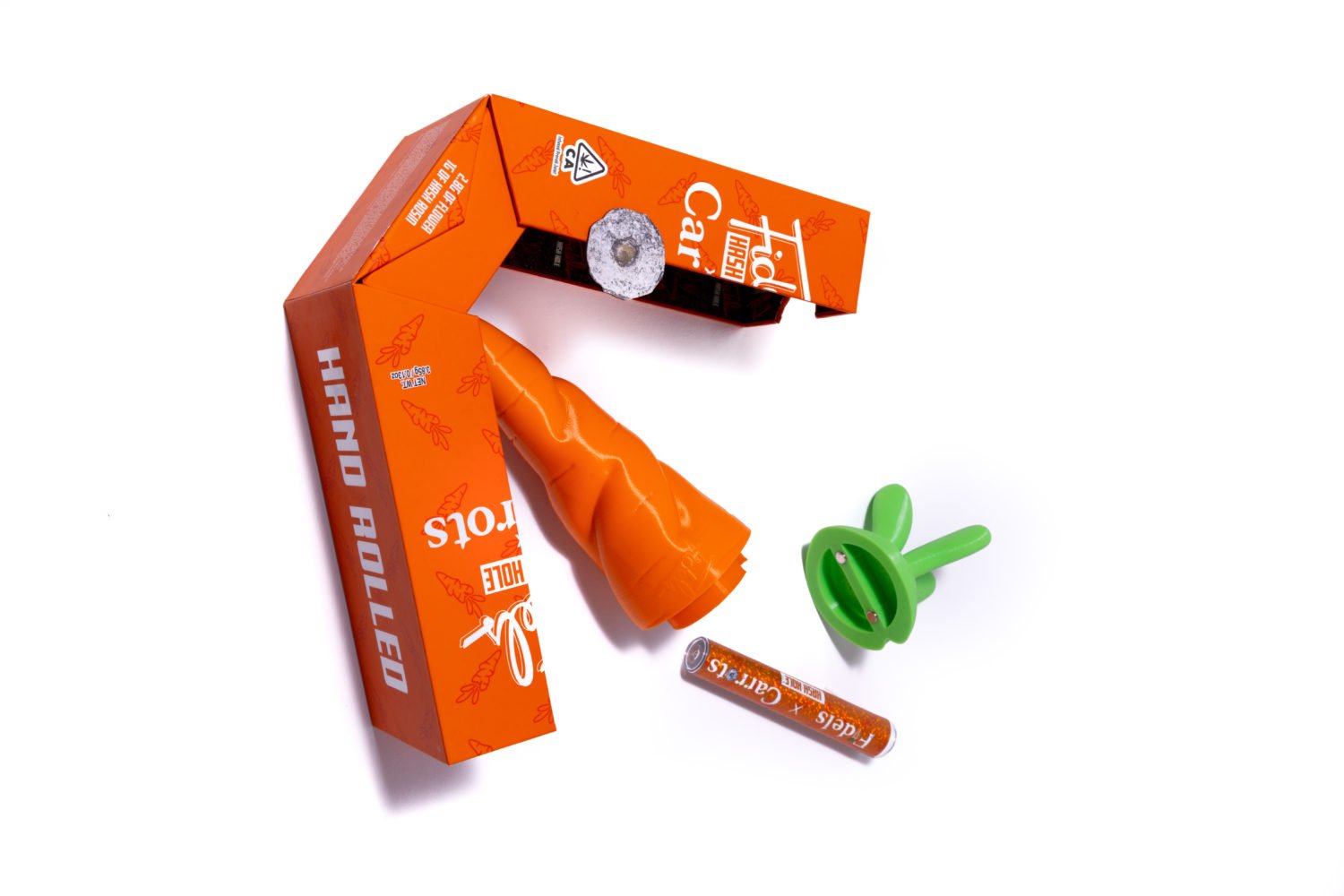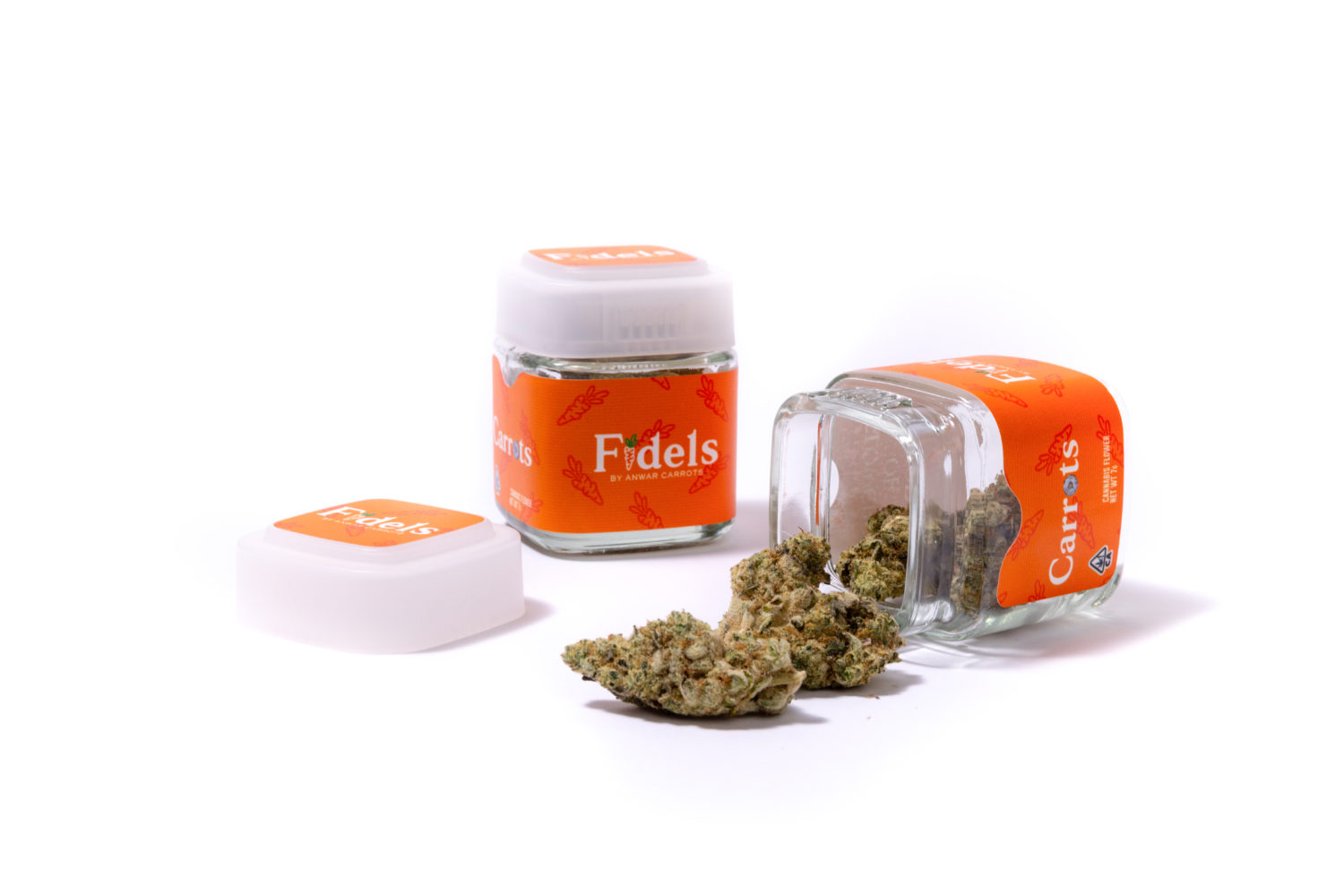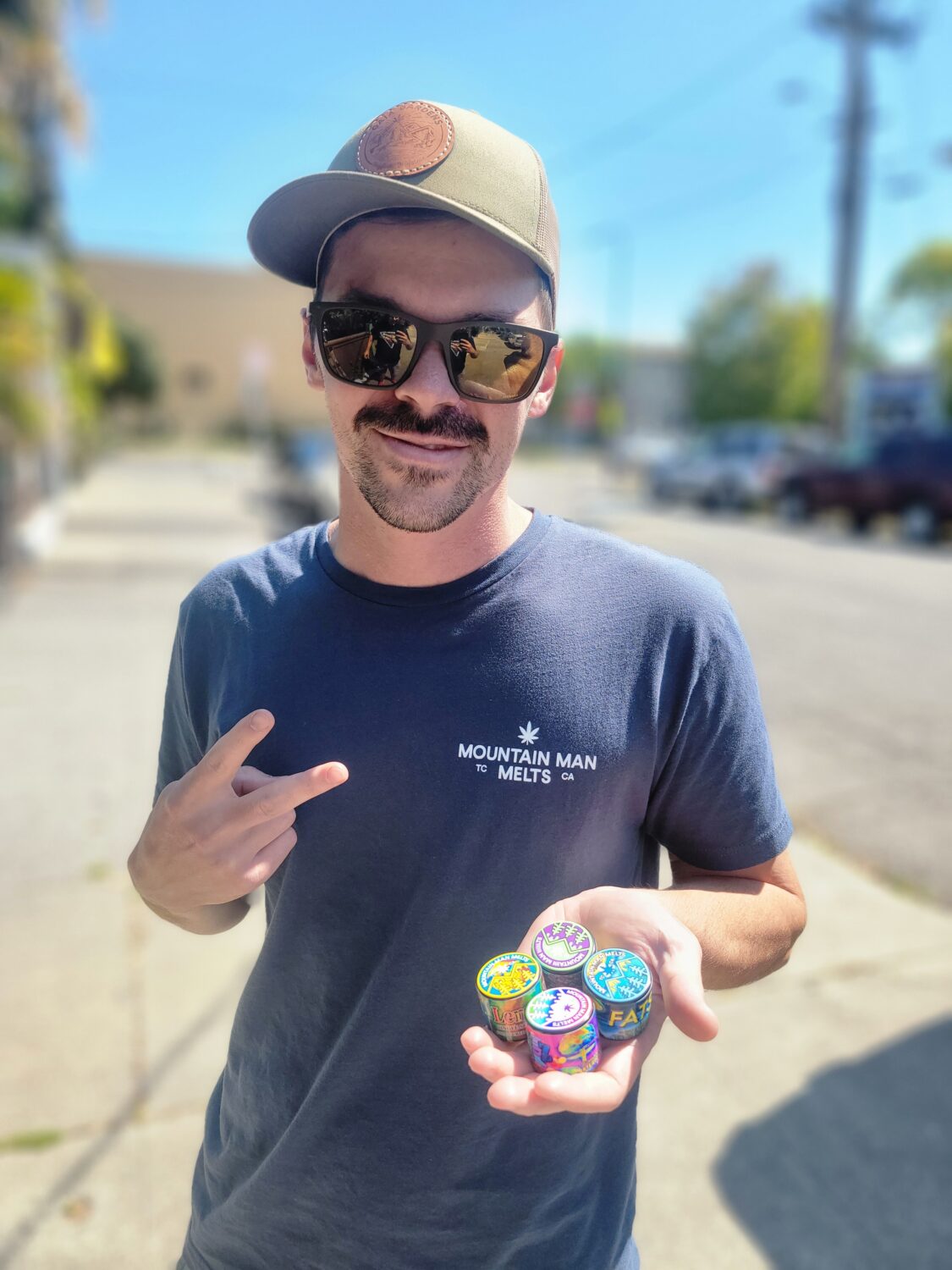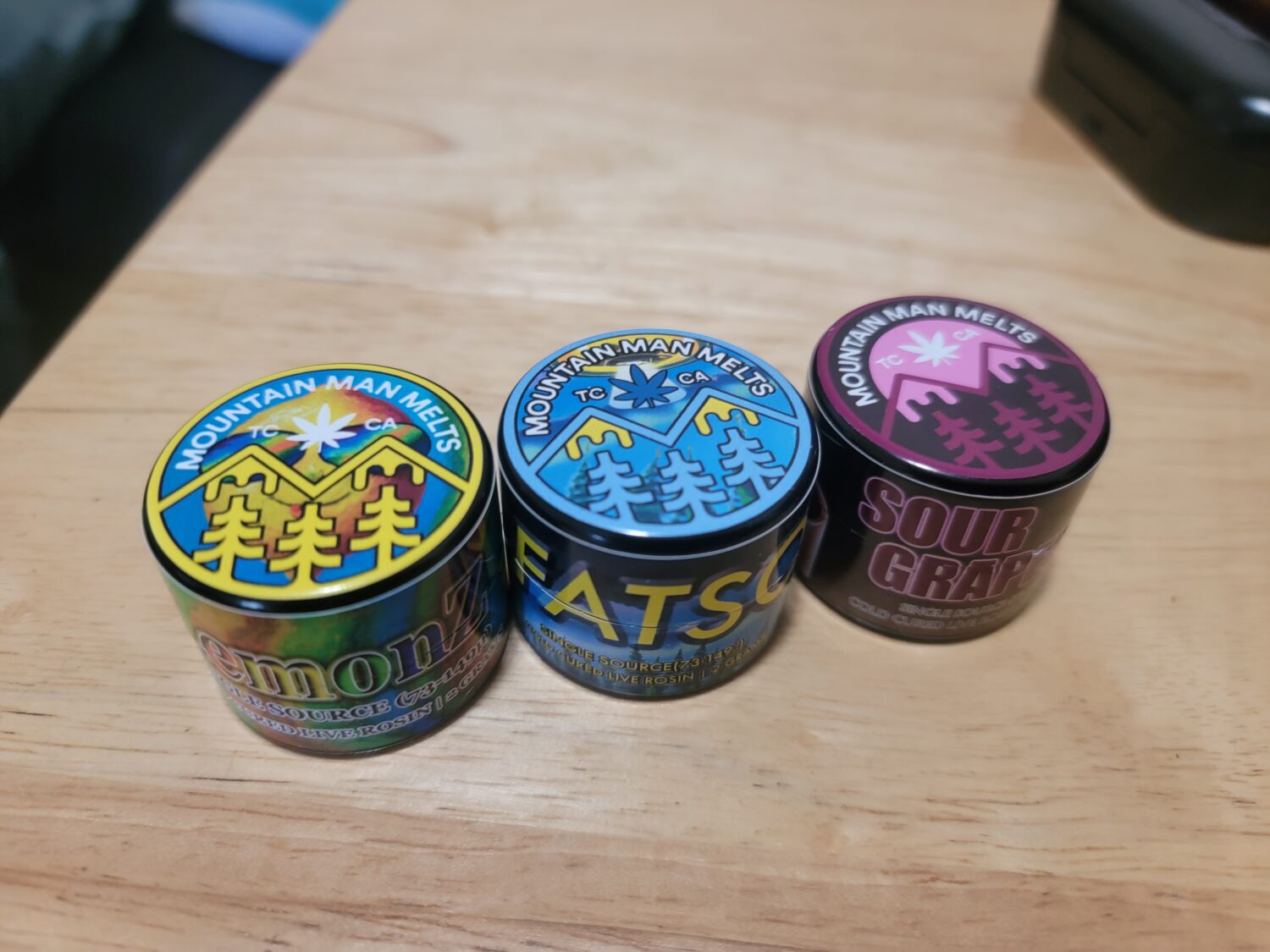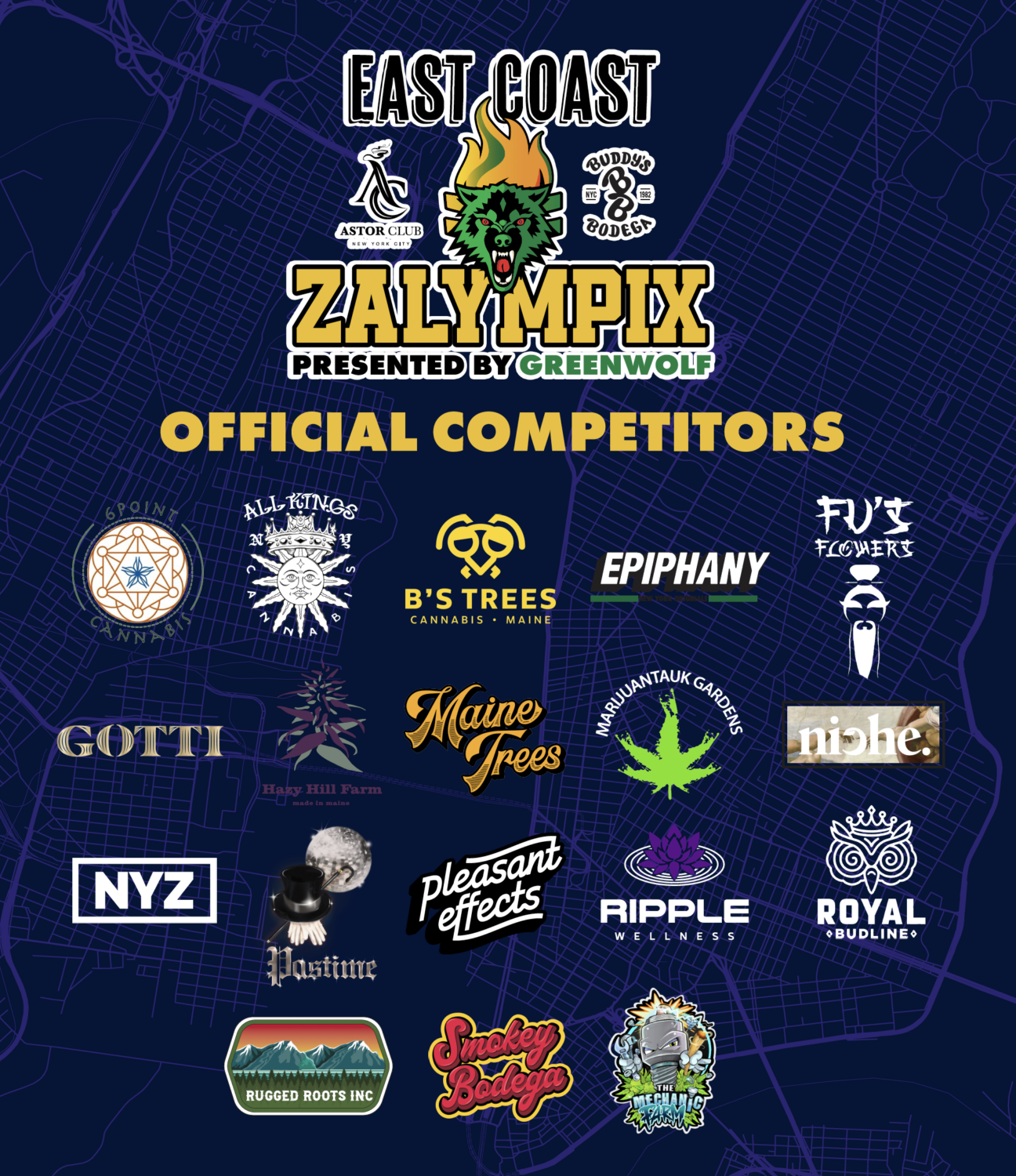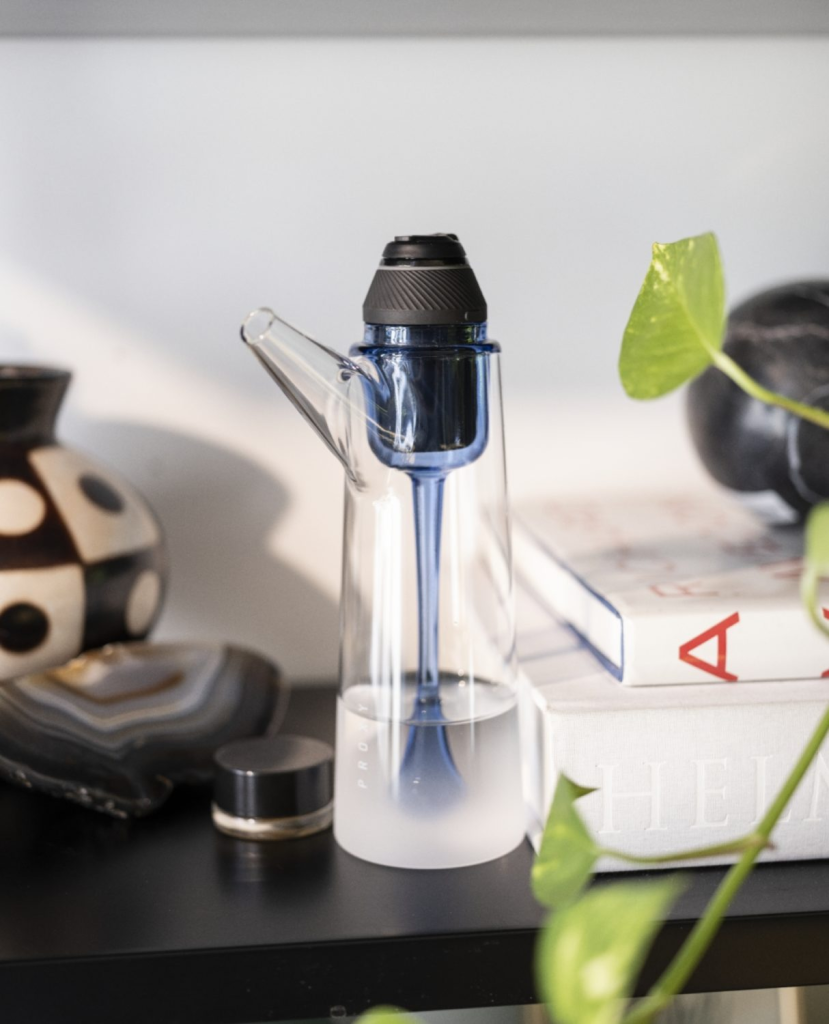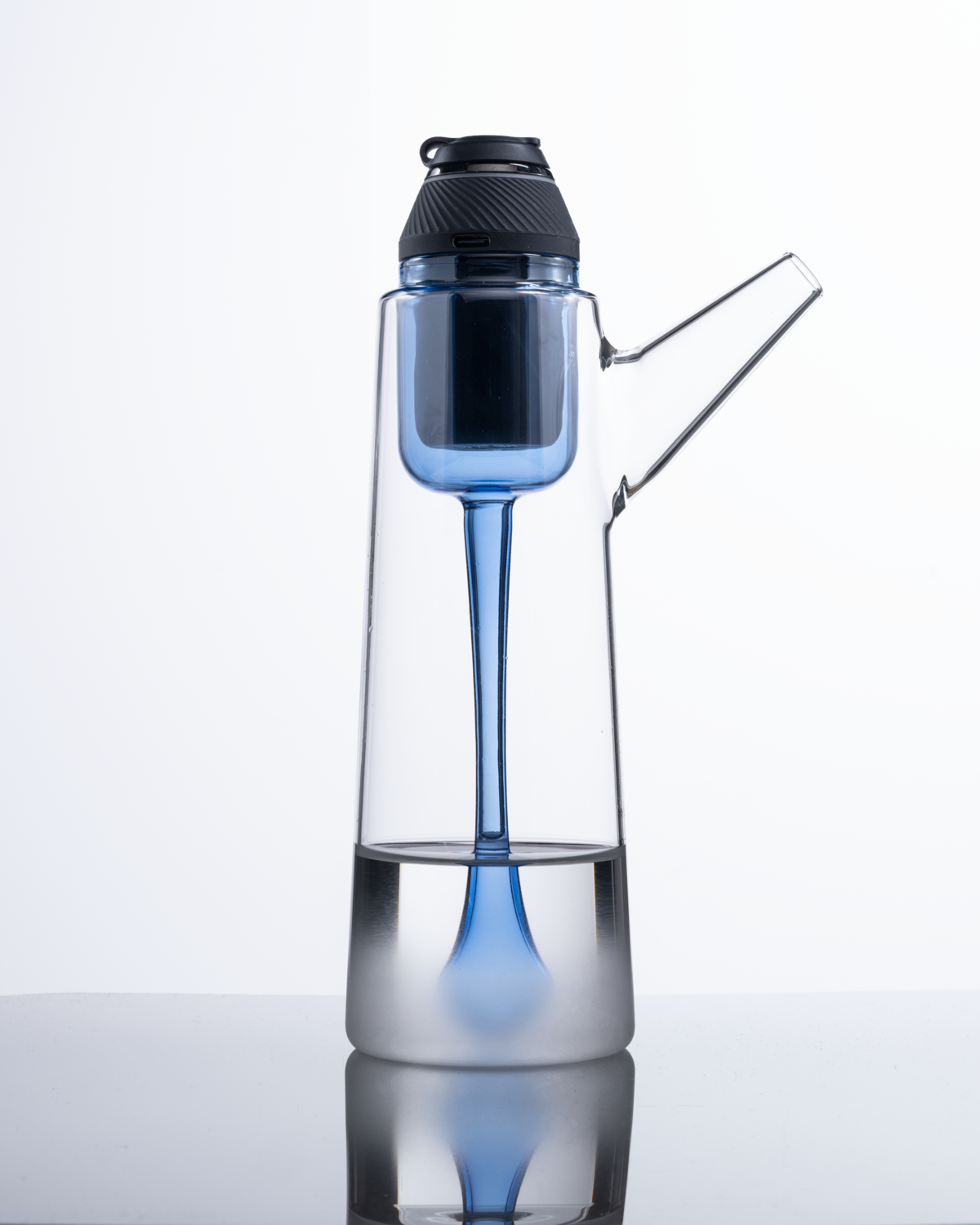CA QUARTERLY POT TAXES DIP $95 MILLION FROM 2021
CA QUARTERLY POT TAXES DIP $95 MILLION FROM 2021 California’s quarterly cannabis tax revenue dipped $95 million from Q4 2021 compared to Q4 2022. On Wednesday, The California Department of Tax and Fee Administration (CDTFA) reported cannabis revenue today for the fourth quarter of 2022 totaling $221.6 million; these numbers are always adjusted when the…
CA QUARTERLY POT TAXES DIP $95 MILLION FROM 2021
California’s quarterly cannabis tax revenue dipped $95 million from Q4 2021 compared to Q4 2022.
On Wednesday, The California Department of Tax and Fee Administration (CDTFA) reported cannabis revenue today for the fourth quarter of 2022 totaling $221.6 million; these numbers are always adjusted when the next quarter comes out. So we’ll have the final number in a few months, but regardless, the $108 million in excise tax collected and $113.6 million in sales tax revenue from cannabis businesses will be a monster dip from 2021.
When the final numbers for the last quarter of 2021 were released in 2022, the number climbed from $308 million to $316.59 million. That figure includes $160.64 million in excise tax, $39.99 million in cultivation tax, and $115.96 million in sales tax.
The $95 million in lost taxes represents a 30% dip in cannabis revenue for Q4 2022 compared to the same quarter a year prior. This revenue loss also is up from the $82 million loss in comparison of Q3 2021 to Q3 2022.
The quarter-to-quarter dip wasn’t as bad, but still pretty brutal. The numbers for Q3 2022 were revised to $251.3 million. This represents a $30 million dip in Q4. The revenue dip from Q4 2021 compared to Q3 2021 was $25 million. The dip in revenue this year was roughly 20% larger than in 2022.
Some would be quick to point to a halt in the cultivation tax for the loss, but lawmakers only expected to lose $150 million on that over three years. Sure they lowballed it, but there have to be other places the tax dip is coming from too.
We asked Kyle Greenhalgh of Heritage Mendocino if he felt like the dip in taxes was from brands going under.
“I think in general, people got broke in California and weren’t spending as much in the stores as they used to,” Greenhalgh told L.A. Weekly, “I know we still see the same amount of door swings, but a quarter of the spending of what it used to be. People were buying their needs, not their wants. So I think a bunch of dispensaries went to a value-driven model, but I see spending and higher quality bouncing back.”
Greenhalgh watched the shop’s average spend go from $100 to $20 really fast. He thinks people had to choose from buying gas at the gas station, or cannabis, and gas to get to work won that battle.
“This in turn made it very hard for most big corporations and brands to make a profit, and the exit started to happen. I’m seeing a lot of success and movement now for more of the smaller and craft brands though,” Greenhalgh noted.
Michael Katz of the Mendocino Cannabis Alliance broke down the $95 Million dip in revenue a bit further.
“Overall, the dip in licensed cannabis tax revenues appears to be driven mostly by a small reduction of sales tax compared to the big hits to excise tax and the removal of the cultivation tax last year,” Katz told L.A. Weekly.
He notes the tax dip spread across the supply chain and unfortunately did not provide the level of direct relief for which cultivators had hoped for.
“Big picture I’d say that reduced sales are still primarily due to the high taxes levied on licensed products,” Katz argued. “As inflation has forced people to spend more and more on even the most basic of necessities, it becomes harder and harder for them to justify spending two or three times as much for licensed cannabis products. At the same time, there’s a significant amount of unregulated and untaxed cannabis retail throughout the state, offering product that looks ‘legal’ but costs a fraction of the price.”
Katz closed by noting, as long as the taxes remain high, most consumers who have less money in their pockets will be incentivized by their bottom lines to shop outside of the licensed market.
With annual surpluses coming to an end in 2022, the state will look to figure out how to replace that $95 Million.


